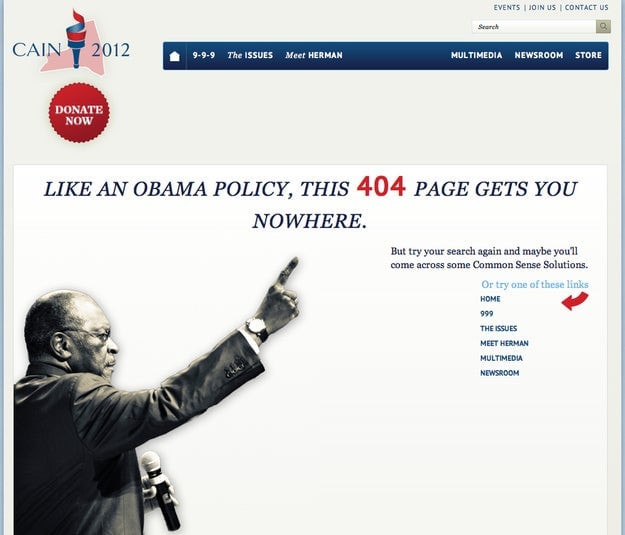“404” and “fail” are the most popular words of 2013
Every year, the Global Language Monitor’s list of top words offers a snapshot of the English-speaking world. In 2009, when the current US president was sworn into office for the first time, “Obama” was near-top of the list. In 2011, “occupy” topped the chart, thanks to the international protest movement against the 1%.

Every year, the Global Language Monitor’s list of top words offers a snapshot of the English-speaking world. In 2009, when the current US president was sworn into office for the first time, “Obama” was near-top of the list. In 2011, “occupy” topped the chart, thanks to the international protest movement against the 1%.
The top word of 2013 is tellingly “404”—the internet code for failure, commonly seen when a webpage doesn’t load—closely trailed, in the number two spot, by the word “fail.” “Hashtag,” Twitter-speak for the pound symbol, “@pontifex“ (Pope Francis’ Twitter handle), and “optic,” the new term for “narrative,” round out the top five on the list.
Commenting on the findings, Paul JJ Payack, president and chief word analyst of the Global Language Monitor, said, ”The recent ObamaCare launch debacle in the US is only a representative example of a much wider system fail, from the political deadlock in the US government, to the decline of the dollar, to the global web of intrigue and surveillance by the NSA, to the uncertainty regarding the European Union, and the ongoing integration of China and other rising powers, such as India and Brazil, into the global economic system.”
The Global Language Monitor rankings are based on word usage across the internet, print and online media, blogs and social media in the English-speaking world across five continents, which includes more than 1.8 billion people.
Other high-ranking words from the list indicate a focus on an especially difficult year in US politics: “surveillance,” “deficit,” “filibuster,” “deadlock,” and “stalemate.” “Toxic politics,” “federal shutdown,” and “global warming/climate change” are the top three phrases of the year.
According to a recent Gallup poll, 33% of Americans say dissatisfaction with the government is the country’s most important issue. It’s the highest percentage since Gallup started tracking this trend in 1939, and far surpassing the economy (19%) and unemployment (12%).